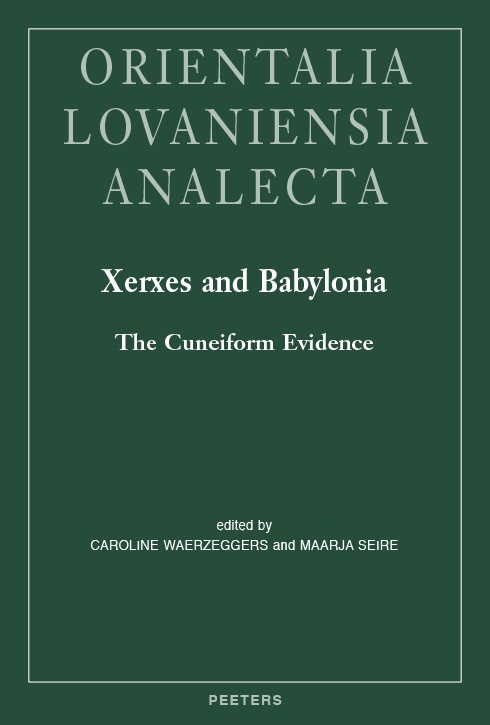First paragraph of the article
Research conducted over the past three decades has enhanced our understanding of the political and cultural context of the Babylonian revolts against Achaemenid rule in the early part of the reign of Xerxes. C. Waerzeggers has convincingly argued that the two rebel leaders Bēl-šimânni and Šamaš-erība rose simultaneously in northern Babylonia and were defeated a few months later, all events happening in the second year of Xerxes. Their defeat coincides with the end of entire segments of Babylonian documentation, especially at Babylon, Borsippa and Sippar, the main insurrectionist centres. Cuneiform sources dating after the second year of Xerxes and for the balance of Achaemenid rule are significantly fewer in number and they attest that something had changed in Babylonia, although we cannot always tell the degree to which these transformations resulted from the imposition of new rules by Achaemenid authorities after the suppression of the revolts. Uruk is a case in point, because the extent of the changes which took place after the crushing of the Babylonian revolts seems, as far as we know, unparalleled in other centres. Uruk also provides rich evidence for assessing these transformations in the framework of a historical longue_durée. Indeed, Uruk and Babylon are the only two sites which have produced a significant corpus of cuneiform sources spanning the long era from Sargonid Assyria in the 8th and 7th centuries until the late Seleucid period in the 2nd century.
Publication Type
- Article



